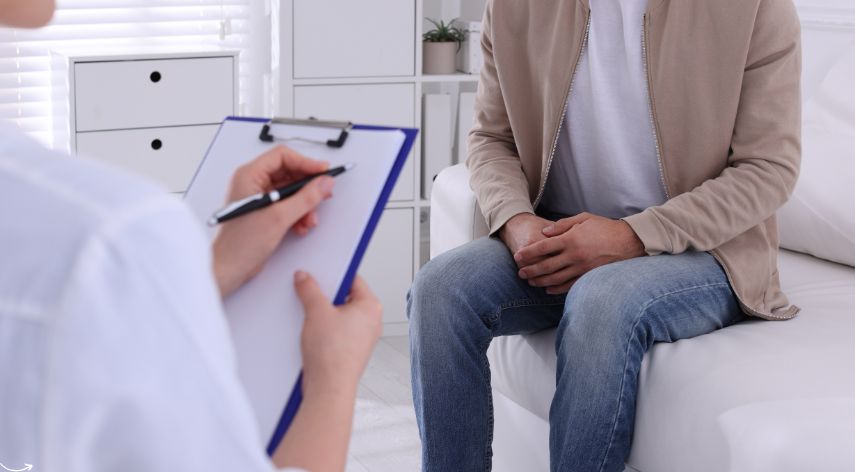Common Poor Posture Symptoms and How to Fix Them

Have a doctor ever told you that you have poor posture?
Believe it or not, your posture says a lot about you. Research shows that people with good posture generate more confidence and authority, even if they’re not trying to impress anyone else. Posture is incredibly important for productivity, health, and just looking good.
Not many people are born with good posture alone. It takes effort to fix poor posture and stay that way.
If you want to know the common poor posture symptoms and how to fix them, this quick guide is for you. Read on.
Table of Contents
ToggleUneven Shoulders
This can be caused by several things, such as sitting in a slouched position, carrying heavy bags on one shoulder, or not having proper support when sleeping on your side. This can lead to some problems, such as pain in the shoulders and neck, headaches, and even chronic problems like TMJ and scoliosis.
There are many ways to fix this problem, such as stretching and strengthening the muscles in the shoulders and upper back, wearing a posture corrector, and avoiding activities that aggravate the problem.
Rounded Upper Back
Here are some common symptoms of a rounded upper back:
- pains in the neck, shoulders, and back
- headaches
- fatigue
- difficulty breathing
- slouching
There are things you can do to improve your posture and find relief. Be mindful of your posture throughout the day. When you sit, stand, or walk, be aware of your posture and try to keep your back straight.
If you spend most of your time sitting at a computer desk, invest in a high-quality computer desk with keyboard tray to help keep your posture at best. Stretch and strengthen the muscles in your back and shoulders by investing in a good posture corrector to help train your muscles and improve your posture.
Forward Head Position
The most common posture problem is the forward head position, which is when your head sticks out in front of your shoulders. This can cause pain in your neck, shoulders, and back. It can also lead to headaches and dizziness.
There are a few things you can do to fix this problem. Try to sit up straight and tuck your chin in. You can also do some neck and shoulder exercises to strengthen the muscles in those areas.
Another option is to see a chiropractor or massage therapist to help relieve the pain.
Jutting Knees
If you have bad posture, your knees may jut forward when you sit or stand. This can cause pain in your knees and hips. Poor posture can also lead to arthritis in your knees.
To fix this, you need to strengthen your muscles and improve your posture. You can do this by doing exercises that target your back, chest, and abdominal muscles. You should also avoid sitting or standing in the same position for long periods.
Take Action, Don’t Ignore These Poor Posture Symptoms
If you have poor posture symptoms, you may be experiencing symptoms such as back pain, neck pain, and headaches. There are many ways to improve your posture, including exercises, stretches, and posture corrective devices. Improving your posture can help to reduce or eliminate your symptoms and improve your overall health.
Did you find this article useful? Check out the rest of my blog to find more useful and informative articles.
Recommended For You
Spread the loveSexual health is an essential aspect of personal well-being. If you’re based in London and need STI testing,
Spread the loveIn today’s fast-paced world, managing your health effectively is more important than ever – especially for those of
Spread the loveThe EGFR blood test is an important way to check how well the kidneys are working. It checks



